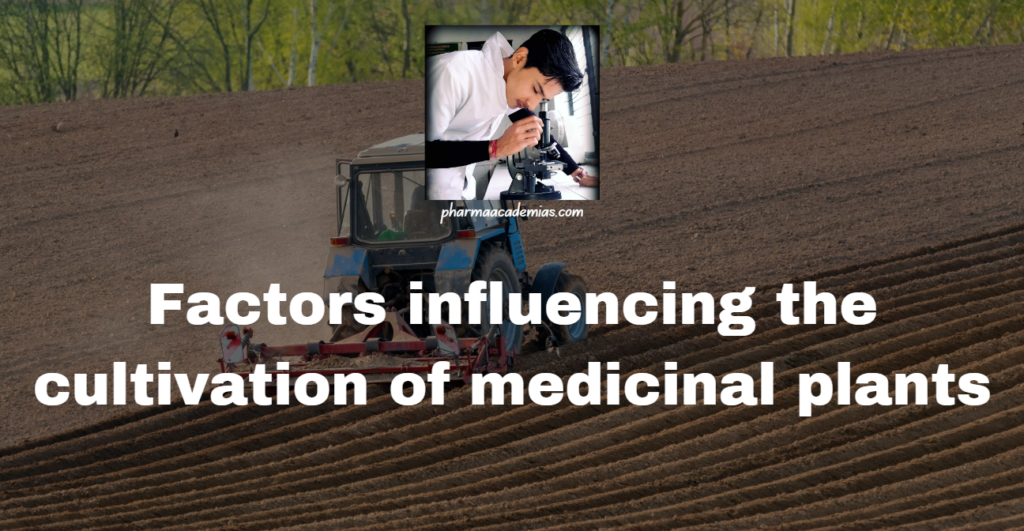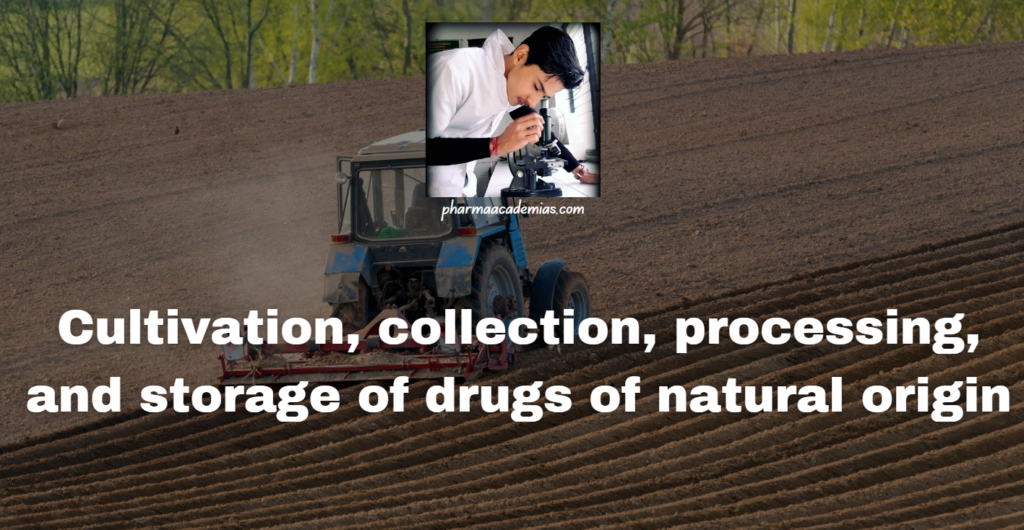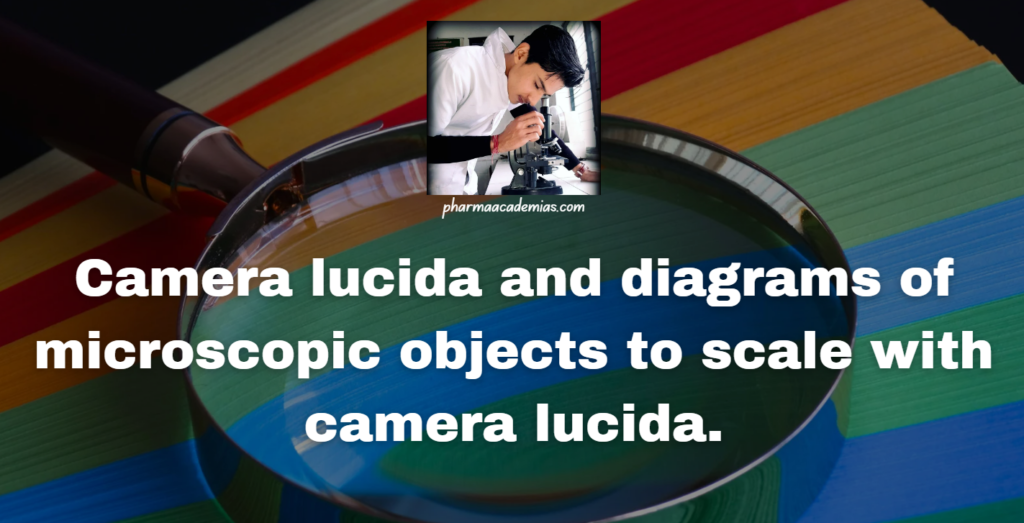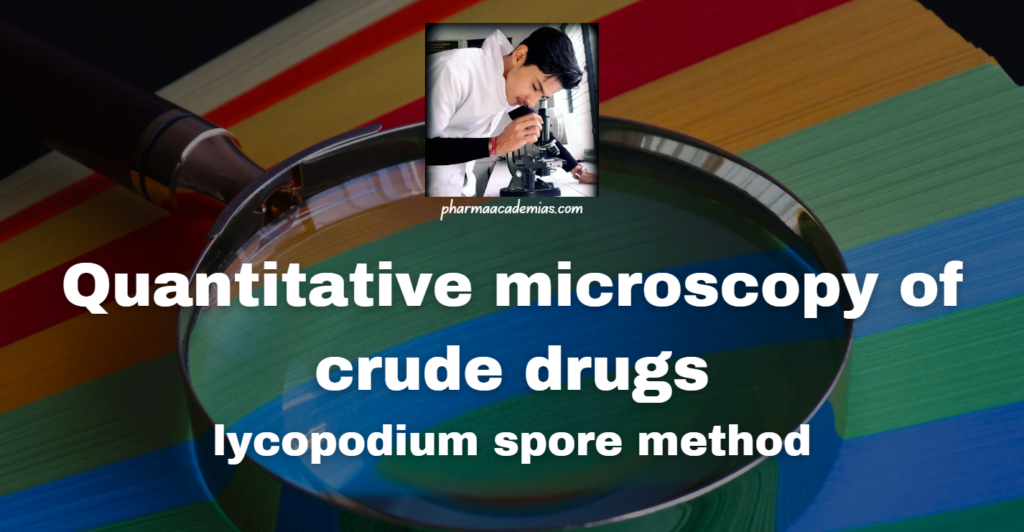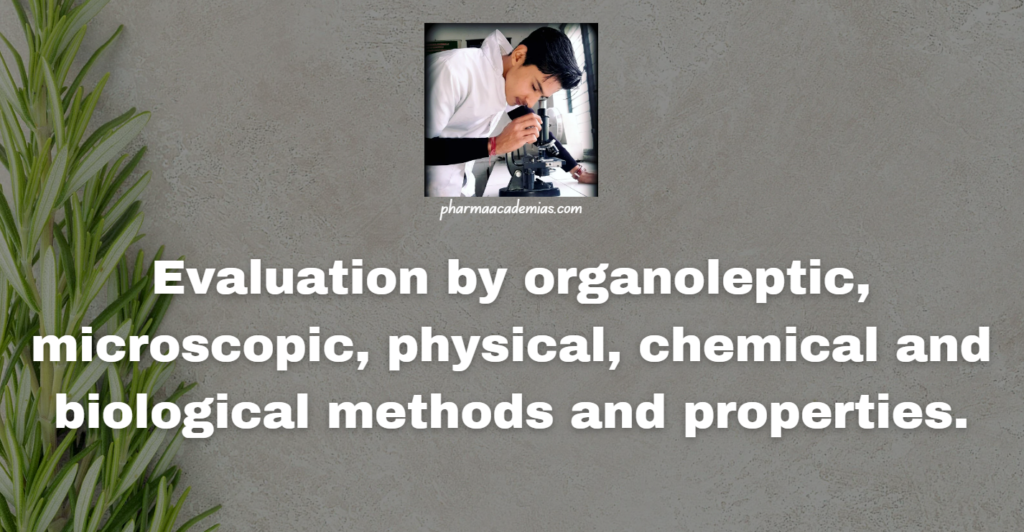Plant hormones, also known as phytohormones, are chemical messengers produced by plants that regulate various physiological processes, including growth, development, metabolism, and response to environmental stimuli. These hormones play pivotal roles in plant growth and development from seed germination to senescence. Here’s a detailed note on the major plant hormones and their applications: 1. Auxins […]
Category: Pharmacognosy and Phytochemistry – I
1. Climate: Climate plays a crucial role in determining the suitability of a region for cultivating medicinal plants. Different plants have specific temperature, humidity, and precipitation requirements for optimal growth. For example, some medicinal plants thrive in tropical climates with high humidity, while others prefer temperate climates with distinct seasons. 2. Soil Type and Quality: […]
Cultivation 1. Selection of Site: The choice of location for cultivation is crucial. Factors such as climate, soil type, altitude, and water availability need to be considered. Many medicinal plants thrive in specific ecosystems, so selecting a suitable site is essential for their optimal growth. 2. Soil Preparation: Before planting, the soil should be prepared […]
Quantitative microscopy of crude drugs involves the precise measurement and analysis of microscopic features of botanical materials to assess their quality, authenticity, and purity. The camera lucida method is an essential tool in this process, allowing for the accurate projection and tracing of microscopic images onto paper, which facilitates the creation of diagrams to scale. […]
Quantitative microscopy of crude drugs, specifically employing the leaf constant method, is a valuable technique used in pharmaceutical analysis to assess the botanical identity, authenticity, and quality of herbal medicines and natural products. The leaf constant method involves the measurement and analysis of specific leaf parameters, such as stomatal length, stomatal width, vein density, and […]
Quantitative microscopy of crude drugs, particularly using the lycopodium spore method, is a valuable technique employed in pharmaceutical analysis to determine particle size distribution in powdered botanical materials. This method allows for the quantitative assessment of the size and size distribution of particles within a sample, which is crucial for evaluating the quality, authenticity, and […]
Evaluation by organoleptic, microscopic, physical, chemical and biological methods and properties.
Evaluation by organoleptic, microscopic, physical, chemical, and biological methods and properties is a comprehensive approach used in the quality assessment of drugs, particularly those of natural origin. These methods involve the assessment of various characteristics, ranging from sensory properties to biochemical composition, to ensure the identity, purity, and quality of medicinal substances. Let’s delve into […]
Quality control of drugs of natural origin is essential to ensure their safety, efficacy, and consistency. Natural drugs, derived from plants, animals, fungi, or minerals, are susceptible to adulteration, contamination, and variability in composition due to factors such as environmental conditions, harvesting methods, and processing techniques. Let’s explore a detailed note on quality control of […]
chemotaxonomy and serotaxonomy are two approaches used to classify drugs based on their chemical and serological characteristics, respectively, in relation to their natural sources. These classification systems help in understanding the relationships between drugs, their botanical origins, and their pharmacological properties. Let’s delve into a detailed note on chemotaxonomy and serotaxonomy: Chemotaxonomy Chemotaxonomy, also known […]
Pharmacological classification of drugs in relation to pharmacognosy categorizes drugs based on their pharmacological effects and mechanisms of action, particularly focusing on bioactive compounds derived from natural sources such as plants, animals, and minerals. This classification system provides insights into the therapeutic uses, pharmacological properties, and biological targets of medicinal substances. Introduction to Pharmacological Classification: […]


